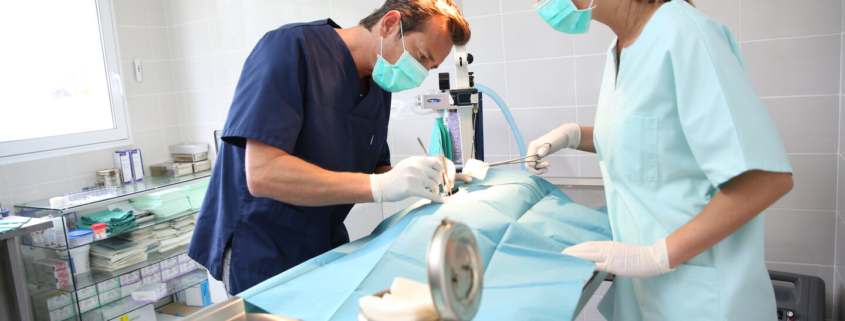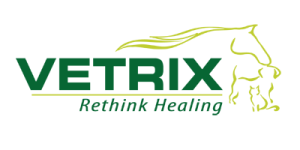Extracellular Matrix: An Effective Scaffold for Tissue Reconstruction
The extracellular matrix (ECM) is a complex system of proteins bound together by tissue-specific architectures that helps them form into cells and grow. There is still much to be discovered about its intricacies and contributions to cellular makeup as a whole. But what researchers have found has proven promising and exciting in its contributions to tissue reconstruction. Keep reading to find out how this breakthrough in bioengineering could open the door to new healing possibilities for your patients.
What Is the ECM?
The ECM is an intricately dynamic fundamental ecosystem that relies on and is the deciding factor for cell phenotype and performance. Arranged in a 3D formation, the inner parts are comprised of collagens, glycoproteins, proteoglycans, mucins, elastic fibers, and growth factors. Because of this, it is the perfect biomaterial for tissue reconstruction.
It has the potential to be utilized as a self-reliant mold for constructive remodeling in addition to the more usual use as a simplistic surgical surface to bring together and solidify tissues. In addition to being a substrate for cell communication, the ECM also provides the foundational mapping for tissue and organs. Because it is highly dynamic, the ECM not only delivers communication to cells but is also able to receive cellular information that contributes to its system and substance.
Utilizing ECM for Tissue Reconstruction
Because of its ability to give and receive information from cells, known as “dynamic reciprocity,” the ECM is constantly changing as it breaks down and is reformed by cells. As this is happening, it is aiding in tissue reconstruction. The occurrence of this breaking down and building back up of the ECM is vital to the homeostasis of all tissues and organs.
An important factor to remember here is that as the ECM is separated from its source tissue and used as a conduit for tissue reconstruction, the formation of new tissue must match that which the ECM originally came from so as not to cause an adverse immune response.
Due to the ECM’s dual ability to be reconstructed and control cellular response, it is uniquely positioned to be used in tissue engineering compared to other biomaterials.
What It Means for Your Patients
There are at least 30 commercially available ECM-based scaffold materials available for clinical use at this time. Currently, viable applications in living hosts include treatment for esophageal diseases, volumetric muscle loss, and temporomandibular joint meniscectomy (TMJD).
For each of these applications, host cells latch onto the scaffold and propagate, resulting in a material transformation that is conducive to the growth of functional, site-appropriate host tissue. Instead of the natural mammalian reaction to generate scar tissue and diminish mobility, the ECM makes a return to life before injury possible.
Contact us today for more information on this topic, and head over to our blog for more topics on industry-leading science and medicine for veterinarians and their patients.




